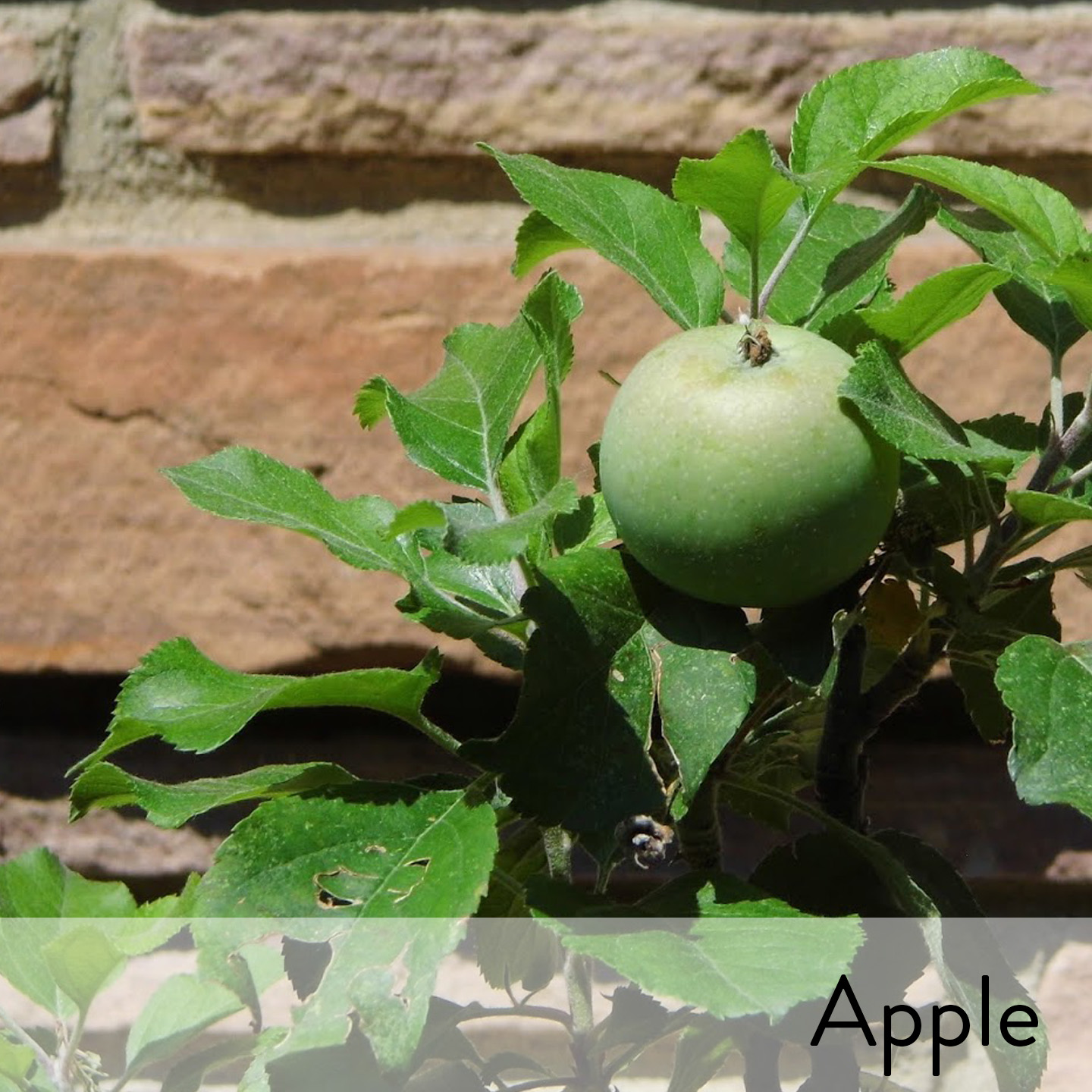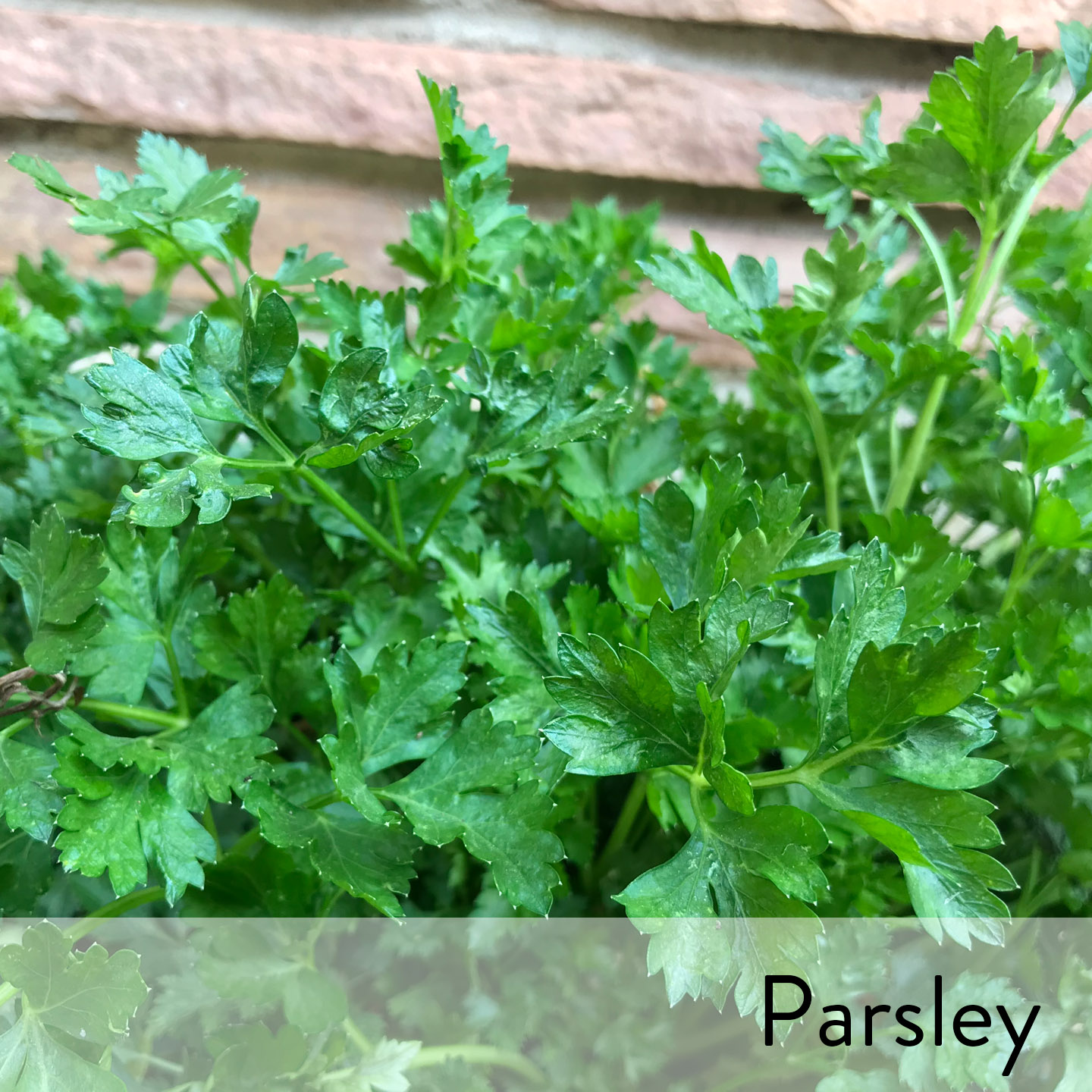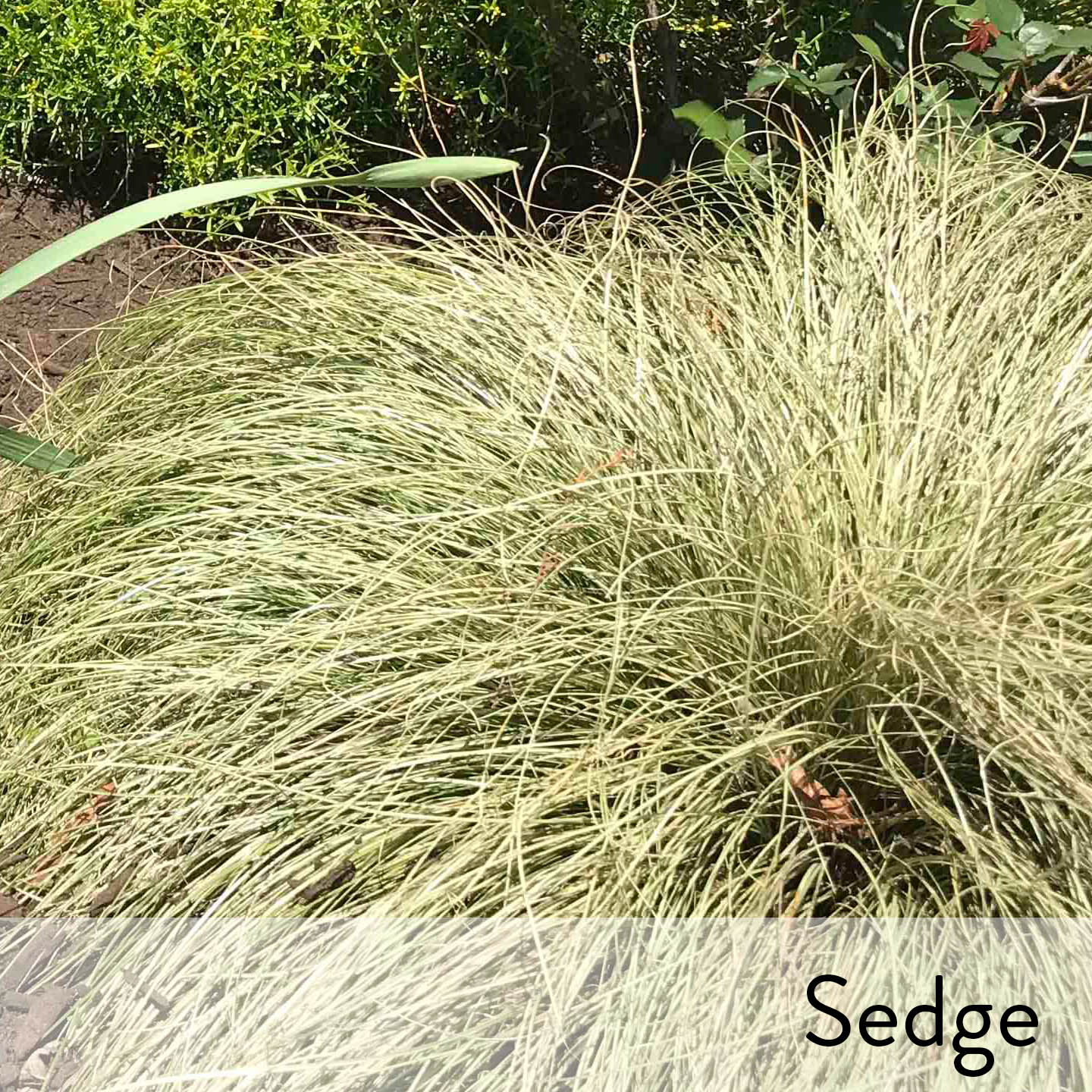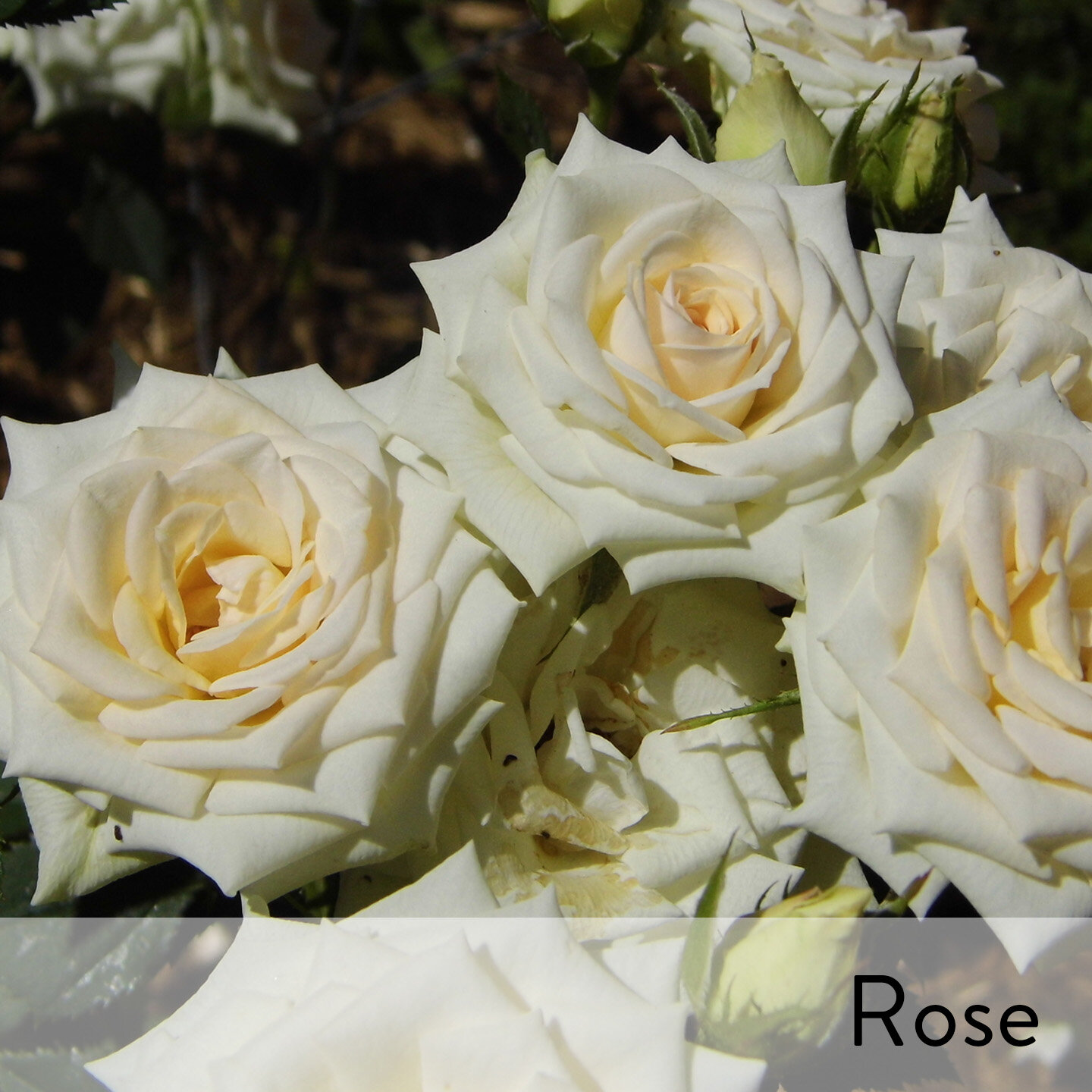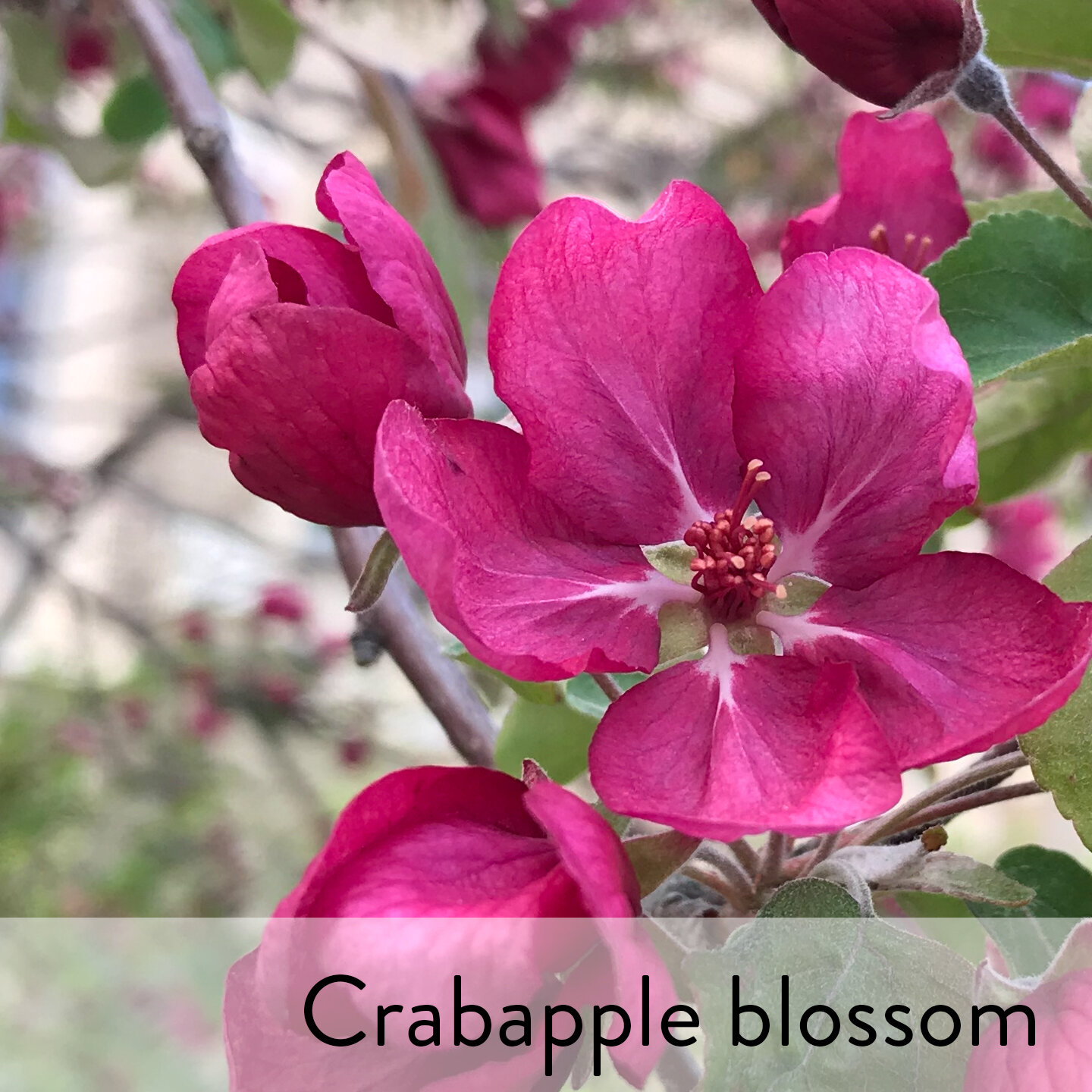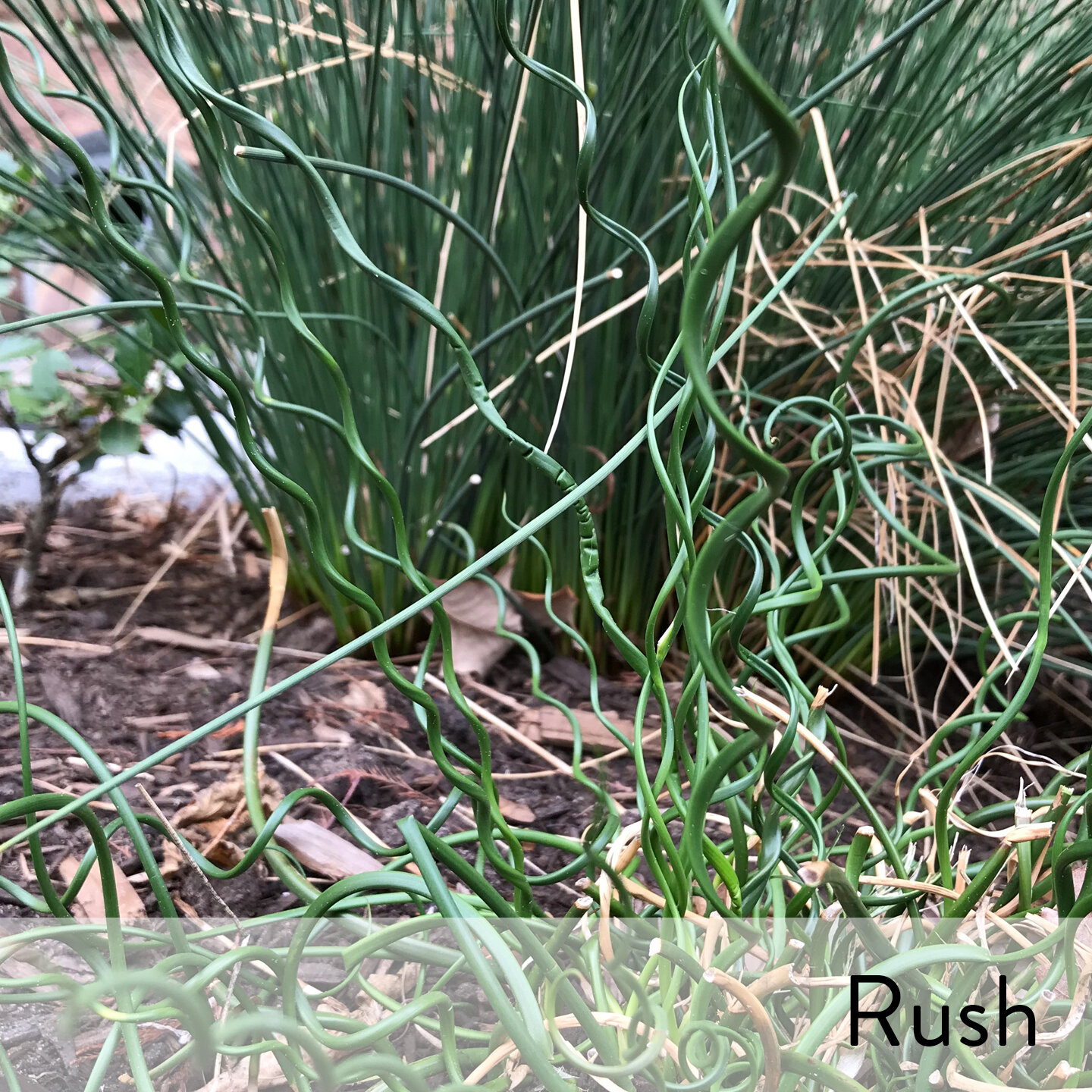The Taming of the shrew
In The Taming of the Shrew, plants are pivotal in illustrating themes of love, control, and transformation. Petruchio uses botanical metaphors, likening Katherine to a wild flower that requires taming and nurturing to cultivate her obedience. He frequently references gardening techniques, emphasizing his approach to "taming" her through discipline and restraint. Additionally, the use of flowers symbolizes beauty and femininity, as seen in the characters' descriptions of ideal women. Overall, plant imagery in the play highlights the dynamics of marriage, reflecting the tension between dominance and affection, and the potential for growth within relationships.
Special thanks to longtime CSF supporter and thespian Chuck Wilcox for voicing the part of The Bard in our video series. Full production credits available here. All photos copyright Colorado Shakespeare Group except those in the public domain, published under Creative Commons (CC) licensing. For more information on (CC) artwork in this video, click here.
Enjoy this slideshow of the plants we have in our Taming of the Shrew garden:
